Mariager
Marina near Mariager
Latitude
56° 39’ 16.2” NLongitude
9° 58’ 54.9” EDescription
Small town on the southern shore of the Mariagerfjord with yacht harbour and small trading port.
NV Cruising Guide
Navigation
The approach to the port is possible day and night. It is approached at 153° via a buoyed fairway marked with a pair of beacons.
Berths
Guests are welcome and will find plenty of space along the west bridge of the marina. However, it is difficult to moor here in stormy onshore winds, as the bridge has no guard rail at mid-height. Otherwise, guests can - after consultation with the moorers - lie in free boxes.
Surroundings
The sailing club offers good sanitary facilities and fresh water. In the attractive town itself, you will find very good supply facilities as well as an engine repair service.
NV Land Guide
The old ferry town, from which the fjord takes its name, is one of Denmark's smallest towns, with around 2000 inhabitants - and one of the most beautiful. It owes this reputation not only to its medieval townscape, but also to its summer rose splendour and gardens. Hence the nicknames "City of Roses" and "City of Gardens". And with tourism in mind, town councillors like to claim that Mariager is a trip back to the 18th century. If you take the cars out of the equation and add the old dress code, you can't deny this idea, especially as Mariager is on a par with historic gems such as Ebeltoft or Ærøskøbing. Moreover, the natural beauty of the surroundings and a ride on the museum railway alone would be worth a visit.
Poverty was the inspiration behind the preservation of the old townscape. The constant economic downturn in competition against the more powerful city of Randers to the south, left no room for major change. Yet the building of a Birgittine monastery around 1430 had initially ushered in a promising upswing. Dedicated to the Virgin Mary, it also gave the place its name: Mary's Field. It is said that the avarice of the nobility contributed to the building of the monastery: If one believes the stories that have been handed down, it may have been cheaper to house the daughters of the nobility in the convent than to marry them off, as this saved on the dowry. Because the monastery served more as a "savings bank" and less as a house of faith, earthly pleasures are said to have been more important than monastic virtues.
On the other hand, it is said that the monks and nuns were subject to extremely strict regulations. So it is probably most likely that the stories of the life-hungry monastery dwellers date more from the time after the Reformation, when the monastery served only as a kind of home for unmarried daughters of the nobility. In any case, the building of the monastery, which was favoured by the crown, attracted trade and crafts, especially as the monastery was granted the privilege of a free port to boot.
But the Reformation led to an economic fiasco. With the abolition of the monastery, the lifeblood of the town was struck. The nobility abandoned Mariager and fires around 1600 finally meant the impoverishment of the little town, whose inhabitants struggled to keep their heads above water by burning lime and bricks during the following centuries. It was not until the mid-19th century that things began to improve on a modest scale.
The market square is a suitable starting point for a tour: among the finest of the old buildings here is the old merchant's court in the centre of the town in Kirkegade. The Mariager Museum, an art gallery and the municipal courtyard are located in the 18th century house. From the imposing gallery at the back of the front house, the merchants could overlook the goings-on in the courtyard. Finds from ancient times, as well as domestic and agricultural implements, can be seen in the museum.
The Postgården, renovated in 1983, immediately north of the Merchants' Court, has become a town landmark. The 18th-century half-timbered building now houses a hotel and restaurant. Until the middle of the last century, the town's priests lived here. In the immediate vicinity, a crane standing on the gable of the town hall watches the hustle and bustle on the market square. It is the symbol of the town. The town hall, built in 1822, was also affected by the fact that new building projects could not be realized with the modest means of the town. Because there was not enough money for a new town hall, the old one was raised by one floor in 1914 - as you can see, a successful emergency solution. A bit further north, the door of the "Bugges Gaard" in Havnegade, built in 1735, is remarkable, probably a former church door. If you turn south from the town hall into Fuglsanggade, you will come to Apothekergården, also known as the blacksmith's yard, on the right before the road forks. Like some of the old buildings in town, it is built on vaulted cellars from the 15th century. Originally one of the monastery's guesthouses stood here, and in 1816 the town's first pharmacy was opened here. The pharmacy that still exists today, a few steps further south in Havnedalvej, has been there since 1871 and the fire station opposite has been home to the fire brigade since 1850.
Turning right into Sognsgade, you come to Mariagerhof at its end. A stair stone bears the inscription: "Bokellmann A=0 1766″'. Continuing dead straight west, the churchyard at the corner of Kirkebacken/Klostergade is the next stop. The square by the former town gate was once bisected by a stream. In the courtyard there was first a rope factory and later a dye works. Remarkable are the two-tiered lime trees, as they are known from French gardens.
Taking Klostergade southwards, Kastanien Allee and Klosterstien, you reach the remains of the once massive monastery complex (model in the museum) and the monastery church. Only one building (now the district court) and the church remain, and by no means give an impression of the original size of the structure. Despite financial support from the rest of Jutland, the small municipality was unable to maintain the church and monastery buildings. During restorations, moreover, much of the church's historic fabric was destroyed. However, valuable things were preserved inside the church: for example, the church has a tomb of Christ, a wooden figure of the dead Christ in a coffin. It was one of the props of the Catholic church games, which ended after the Reformation, just like the despotic and money-grubbing bishop Stygge Krumpen, who had managed to acquire 50 farms during his reign. After the Reformation, the hated churchman had to share prison for a while with King Christian 11 and was finally buried in the church of Mariager, where not only black sheep found their final resting place. Many noble families had their burial places in the church. Otto Krumpen, who led the campaign against the Swedes in 1520, is also buried here.
At the northern end of Klosterstien, the House at the Turnpike is a reminder of the toll that had to be paid at the town's seven turnpikes. The brewery yard opposite, dating from 1876, was renovated a few years ago. Further east, in Oak Square, the former layout of the 12th-century St Peter's Church, which no longer exists, is made visible by stones.
Walking past the town hall and market on the way back to the harbour, you come to Lion's Head, a spring from the Maren Finds Dal (valley). From here, long chains of people passed buckets of fire-fighting water to the scene of the fire. The Lion's Head is also the starting point for the 110-metre-high Hohøj viewpoint and burial mound, from which you can see a large part of the surrounding area (three kilometres southeast of the town). According to legend, the mound, which is almost alpine by Jutland standards, was created by a prehistoric people - to bury a treasure. Several times treasure hunters, who did not believe in a legend, searched for this treasure. Even German soldiers, whose commander had taken it into his head to recover the alleged treasure, dug for it in vain in 1864.
The 17-kilometre-long track of the museum railway from Mariager to Handest is considered "Denmark's most beautiful railway line". The station for the old steam locomotives and aged wagons is just west of the harbour. According to the railway association, it has a particularly extensive collection of locomotives and wagons, which are maintained and driven exclusively by amateur railwaymen. The iron steam locomotives seldom puff their way through the beautiful landscape southwest of Mariager. On weekends, the stationmaster blows the whistle for departure all the more frequently.
A number of other excursions can be made from Mariager, for example to the passage graves at Kastbjerg (five kilometres west of Mariager). The burial sites date from the late Stone Age. The restaurant "Landgangen" on Hadsundvej (one kilometre northeast of the harbour) offers a fjord view. A supermarket at the harbour provides shopping facilities.
A regular ferry service operates between Mariager and Stinesminde.
Marina Information
| Max Depth | 4 m |
Contact
| Phone | +45 2339 3967 |
| Please enable Javascript to read | |
| Website | http://www.mariagersejlklub.dk |
Surroundings
Electricity
Water
Toilet
Shower
Restaurant
Imbiss
Crane
Atm
Fuel
Grocery
Boatyard
Ramp
Public Transport
Bikerental
Garbage
Comments
You can add comments with the NV Charts App (Windows - iOS - Android - Mac OSX).
You can download the current version at nvcharts.com/app.
Buy nv charts covering this place Clicking one of the products will open the nv charts shop.
Places nearby
Related Regions
This location is included in the following regions of the BoatView harbour guide:
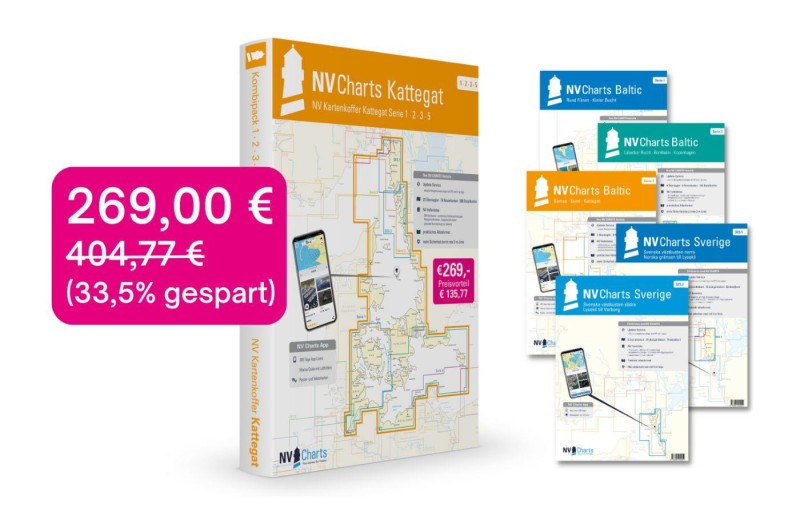
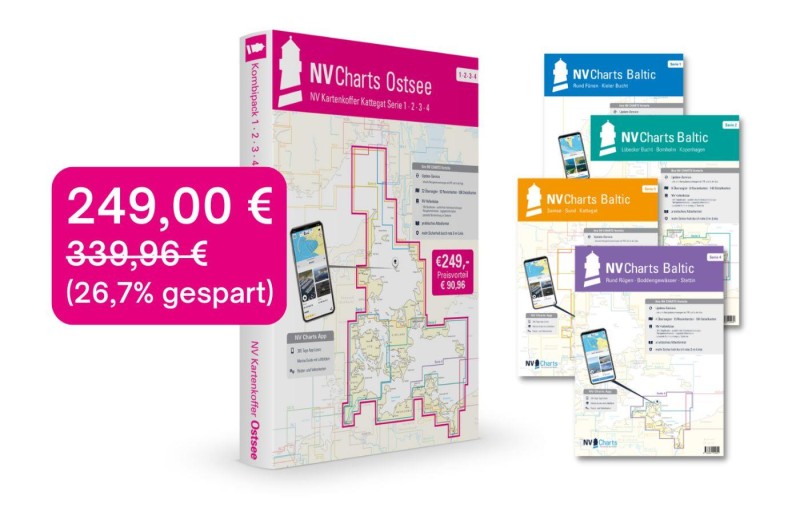
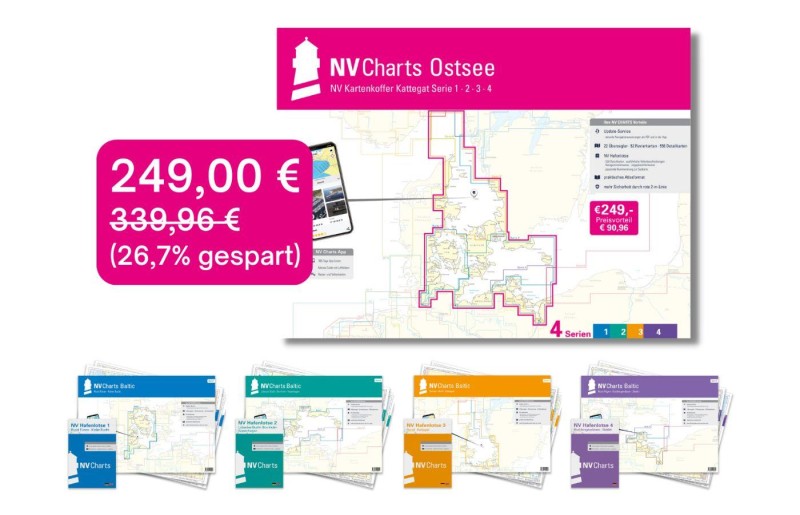
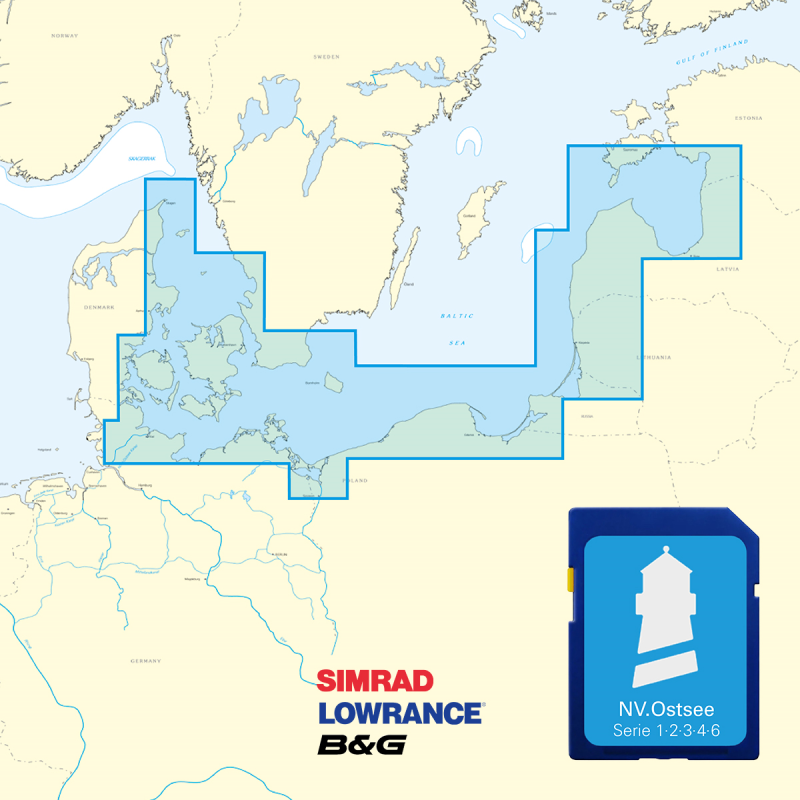
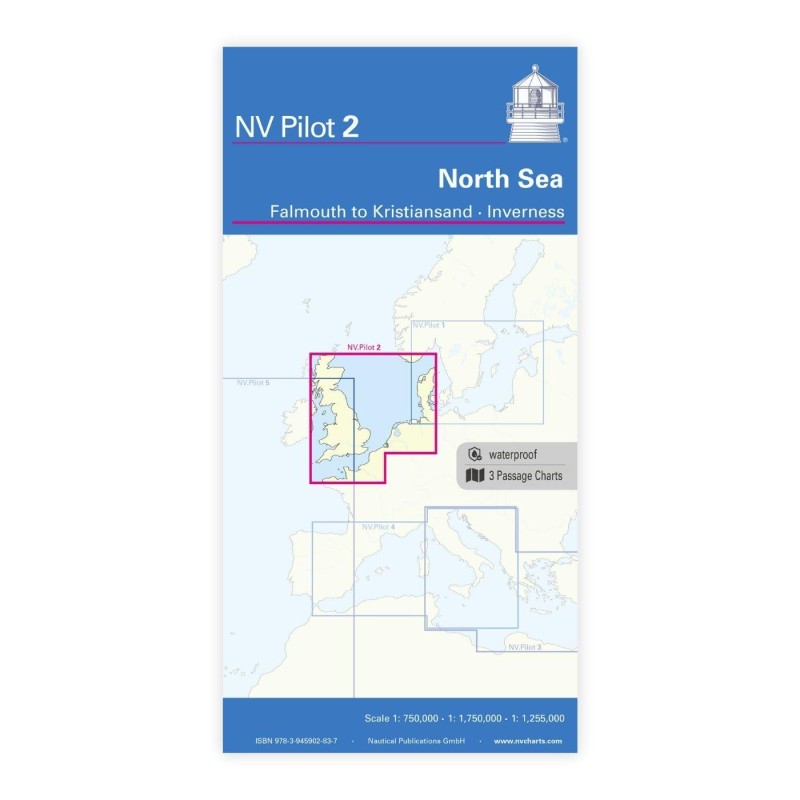
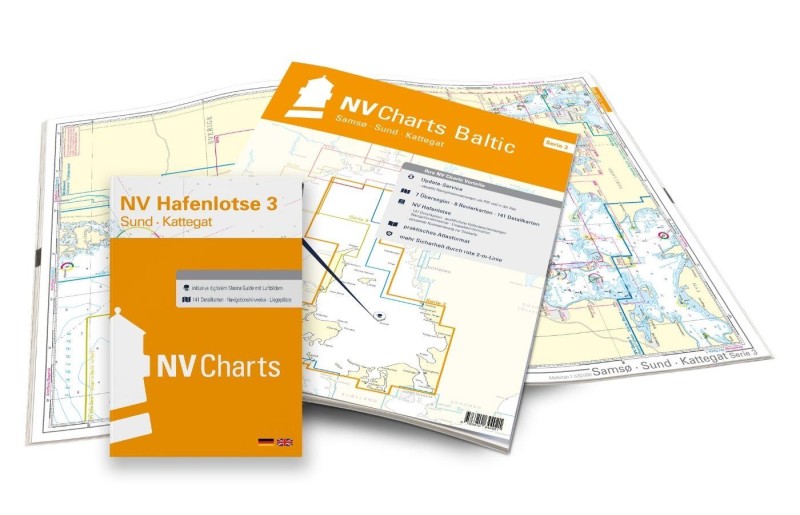
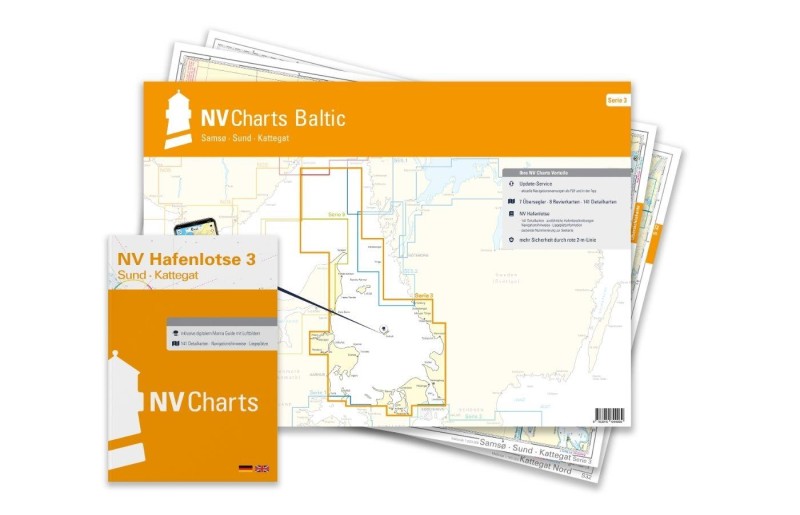
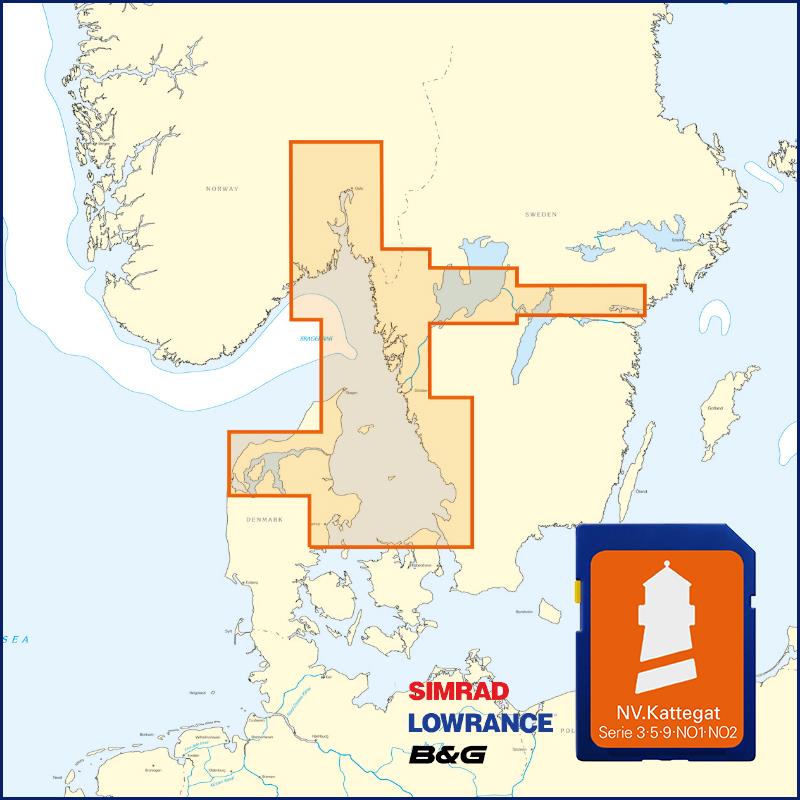
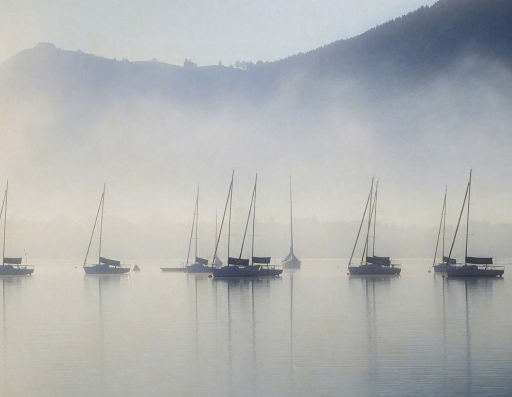
No comments or ratings have been added to this POI.